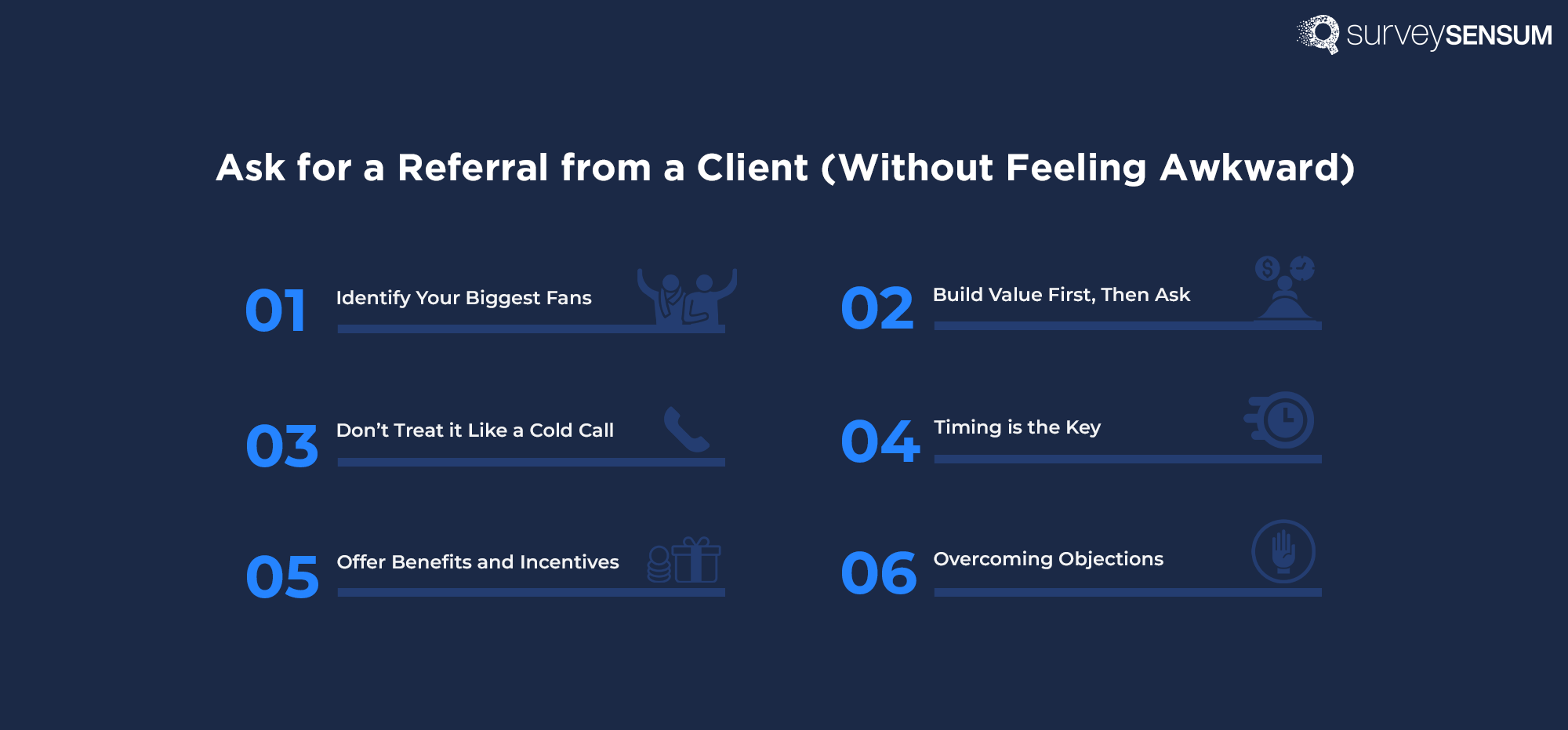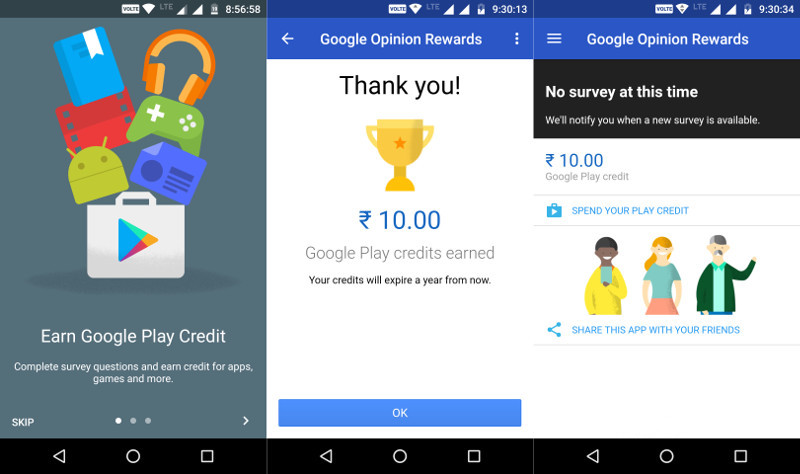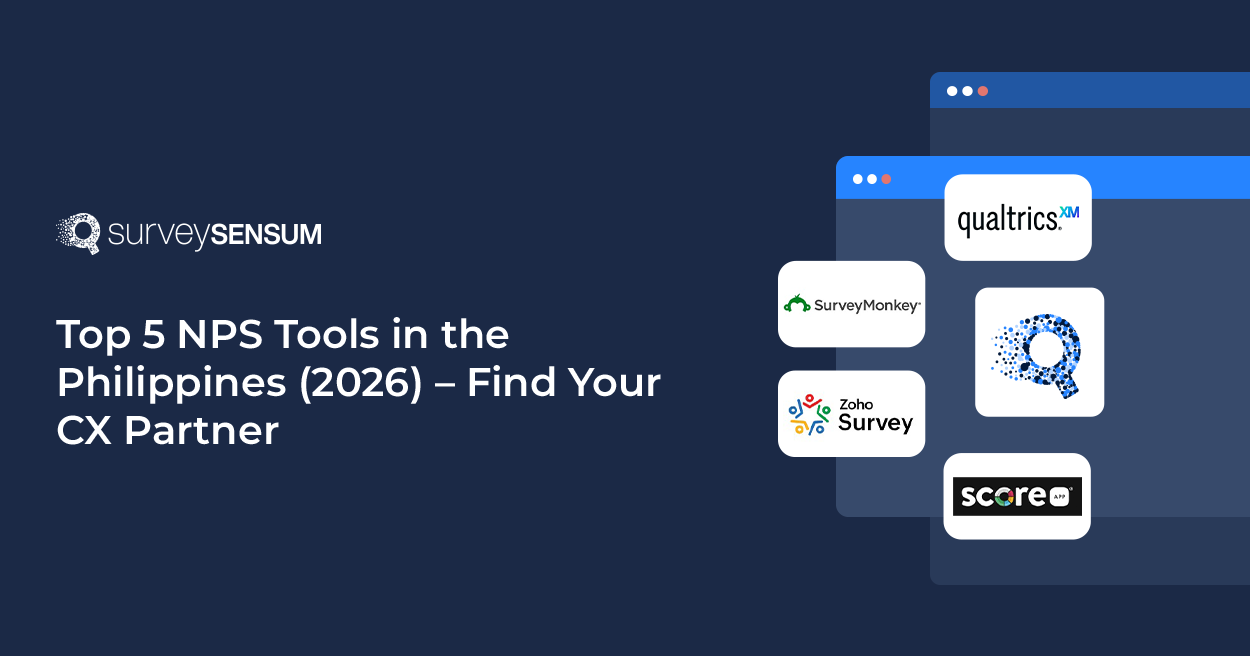

Not too long ago, I completed a project for a client, and they were genuinely satisfied with our work. Their kind words about how much they liked our services got me thinking – could their happiness translate into more opportunities for me?
The prospect was thrilling, but then, I found myself in a bit of a conundrum – the tricky task of asking for a REFERRAL.
It’s like asking for a favor, but an important one!
We all know how powerful it is when someone spreads word-of-mouth about something.
Like your grandma excitedly telling everyone about her amazing back pain-banishing chiropractor – It’s GOLD.
And there are stats that back this up! Over 9 in 10 consumers trust recommendations from friends and family over anything else. Moreover, 76% of individuals surveyed express a greater trust in content shared by “normal” people than by brands. Not to mention, earned media, including word-of-mouth and peer-to-peer referrals, drives a whopping 4x brand lift compared to paid media.
But asking for that magic word, “referral,” can feel like tiptoeing through a social minefield.
But don’t worry! In
this blog, I’ll share with you six simple tips on how to ask for a referral from a client. These tips are all about using the trust that comes with good customer feedback to turn that satisfaction into great opportunities.
So, let’s dive into this adventure of turning happy clients into amazing opportunities!
6 Ways to Ask for a Referral from a Client (Without Feeling Awkward)
6 Ways to Ask for a Referral from a Client (Without Feeling Awkward)
 Here are six effective strategies to seamlessly request referrals and strengthen client relationships.
Here are six effective strategies to seamlessly request referrals and strengthen client relationships.
1. Identify Your Biggest Fans
When you’re looking for referrals, it’s like finding superheroes in your customer base – the ones who really love what you do. Not everyone is a superhero fan, so let’s focus on the real champions.
But how can you do that?
To find these brand advocates, use simple CX metrics like CSAT and NPS. They help you spot customers who aren’t just happy but super excited about your brand.
For instance:
-
-
- If you’re in a Retail business, focus on customers who’ve made frequent purchases and actively engage with your brand.
- In the Insurance business, target satisfied policyholders with positive claims experiences or multiple policy renewals, as they are more likely to refer others seeking reliable and trustworthy insurance coverage.
- In saas, if your platform offers marketing automation tools, target users who have spent significant time creating and optimizing campaigns.
-
→ And with a robust customer feedback platform, you receive a comprehensive report on your highest satisfied customers and promoters, empowering you to identify these brand advocates efficiently and quickly.
2. Setting the Stage for Success: (Build Value First, Then Ask)
While the temptation to ask for referrals immediately after a deal is understandable, the smart move is to exercise patience and wait until you’ve truly delivered exceptional service.
It’s only when your customers have experienced the tangible value you bring that they become enthusiastic about recommending your services to their trusted colleagues.
Here’s how you can build a strong foundation for success:
- Keeping them engaged through relevant content and updates on new products not only fosters brand loyalty but transforms satisfied customers into loyal promoters.
- Provide excellent service and maintain regular communication to foster trust and satisfaction.
- Delivering exceptional value ensures that clients are not merely satisfied but genuinely impressed with the services you provide. When clients recognize the significant impact of your offerings, they become more willing to refer your services to others.
Tip: Regular check-ins and relationship maintenance are essential for staying top-of-mind with clients, fostering ongoing connections, and building trust. These interactions create opportunities to address concerns, showcase achievements, and ultimately increase the likelihood of clients providing referrals.
3. Don’t Treat it Like a Cold Call – Be Intuitive
When it comes to asking for a referral, authenticity is key. Treat it as a natural conversation rather than a cold call. And when the moment is right, find that sweet spot and ask for the referral.
Here are some tips to personally craft your request:
-
-
- Be Direct and Personal: Be upfront about your request and tailor it to the client’s experience. Avoid being overly pushy; instead, let the request flow naturally.
- Acknowledge the Client’s Role: Recognize their satisfaction and reinforce the value they’ve received from your services. Make them feel appreciated for their role in the success.
- Provide Guidance: Make it easy for the client to refer you by offering specific information, such as your website or contact details. The easier the process, the more likely they are to follow through.
-
4. Timing is the Key
Look for the moment when customers are most happy. This ensures that your request aligns with the customer’s satisfaction and engagement, increasing the likelihood of a positive response such as
-
-
- After Successfully Completing a Project: Capitalize on the positive momentum after completing a successful project.
- After Addressing a Significant Need: Request a referral when you’ve addressed a significant need or concern for the customer.
- After Customer Support: If your customer has recently interacted with customer support and had a positive experience, it’s an opportune time to ask for a referral.
- After Receiving a High CSAT or NPS Score: High satisfaction scores indicate a happy customer, making it an ideal time to seek a referral.
-
For example, consider a software service provider looking for user referrals. After a user reports a successful troubleshooting experience with the customer support team, it’s an ideal time to ask for a referral. The positive interaction and the user’s satisfaction with the service enhance the chances of a positive response.
Launch NPS Surveys to Leverage Customer Feedback!
5. Offer Benefits and Incentives
Did you know that a whopping 50% of referral programs shower their promoters with dollar credits? And hot on their heels are gift cards at 17.6%, creating a dynamic reward landscape that keeps things interesting. You can also share a link to your referral program by embedding its link in your digital business card or sending it out through bulk email services. That way, your network will have easy access to the program and can redeem their coupons on the go.
But let’s talk about more than just numbers – when you’re on the hunt for referrals, make it a conversation about mutual wins.
-
-
- Explain Mutual Benefits: Share the secret sauce of how referrals turbocharge your business growth while simultaneously increasing customer satisfaction. It’s a win-win that turns a simple referral into a powerful partnership.
- Offer Attractive Incentives: Motivate your clients with a menu of tempting options – think exclusive event access, loyalty program perks, referral bonuses that scream “extra cash,” store credits, free goodies, or the ever-popular gift cards.
-
For example, see how Google rewards its customer for taking up surveys to help them improve their product and services.
6. Overcoming Objections
Let’s face it – we all have a few reservations when it comes to referrals. So, what’s your game plan to tackle those objections?
If your answer is a bit fuzzy, it’s time to take action. Here’s the playbook:
-
-
- Address Hesitation: Anticipate concerns like “Who should I refer?” and be prepared with relevant suggestions. For instance, Privacy and confidentiality, and Perceived inconvenience
- Offer Reassurance: Emphasize your commitment to providing excellent service to any referrals.
- Express Gratitude: Emphasize the value of their referral. Thank the client for their time and consideration, regardless of their response.
-
In the world of referrals, it’s not just about overcoming objections – it’s about turning them into opportunities. By addressing concerns, offering reassurance, and expressing gratitude, you’re not just asking for referrals but fostering a culture of trust and collaboration.
Don’t Forget These Moves
Here are some additional tips to help you stay ahead of the referral game:
-
-
- Leverage Testimonials: Boost credibility by incorporating positive client quotes with your referral request.
- Make it Easy to Share: Simplify the referral process by incorporating social media buttons or a user-friendly referral form on your website.
- Thank Clients: Show appreciation for clients who provide referrals. Nurturing these relationships is key for future engagements.
-
Conclusion
Asking for referrals is a powerful tool for business growth. By understanding the value of referrals and implementing these six effective strategies, you can seamlessly transform this potentially awkward task into a rewarding endeavor. From reaching out to the right advocates and setting the stage for success to crafting authentic requests and overcoming objections, each step contributes to building successful referral marketing.
Tools like SurveySensum can enhance your efforts by pinpointing satisfied clients accurately. This cutting-edge customer feedback platform offers industry-tailored templates for precise measurements of client satisfaction. SurveySensum’s customer experience experts assist you throughout the journey to help you meet your business goals.
Remember, asking for referrals is not just about expanding your network; it’s about nurturing meaningful connections that contribute to the growth and success of your business.


















